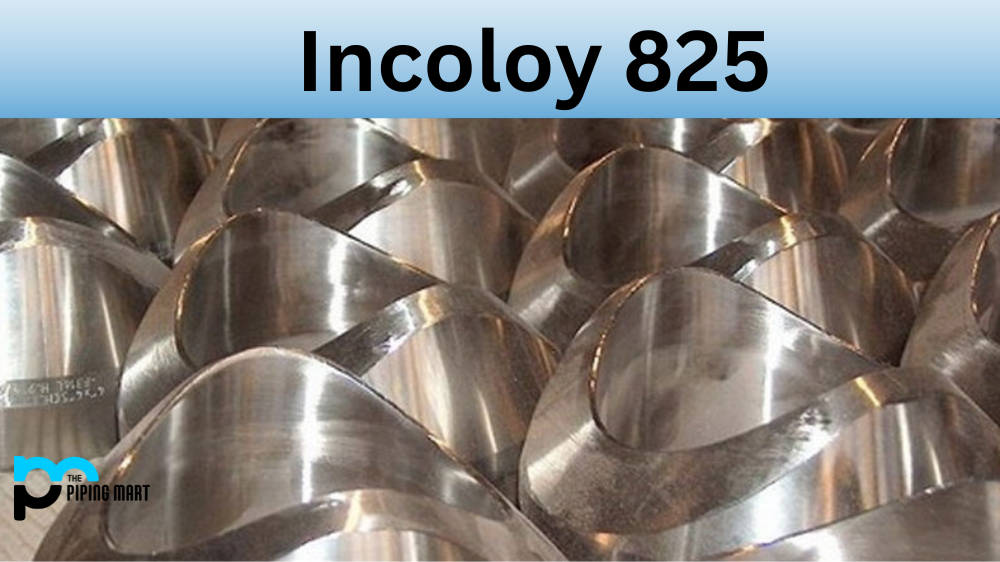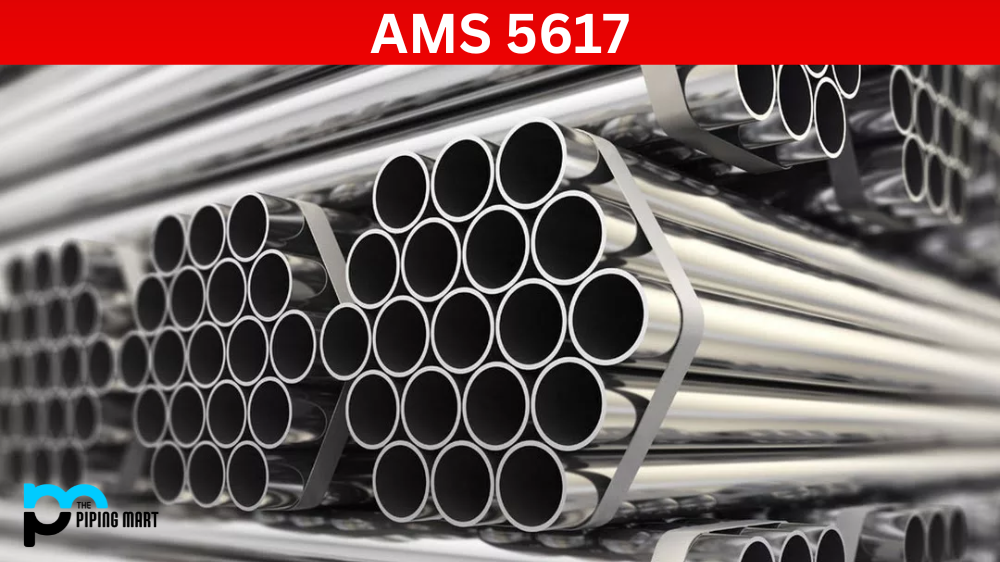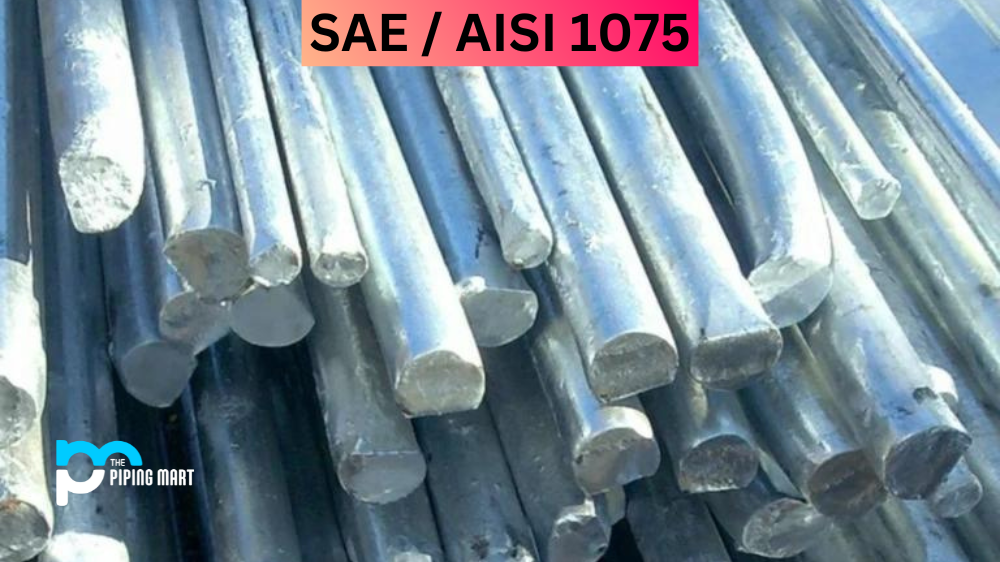The aerospace industry relies heavily on high-strength steel alloys, and AMS6515 is one of the most popular options in the market. It boasts outstanding physical and mechanical properties, making it an ideal choice for various aerospace applications. In this blog post, we’ll look at this popular alloy in-depth and explore its composition, properties, uses, and heat treatment methods.
What is AMS 6515?
AMS 6515 ( also known as Maraging 350 Alloy Steel) is a specification for a type of alloy steel that is heat treated and known for its increased strength and durability. This type of steel is commonly used in the manufacturing of aircraft and other types of high-performance machinery. AMS6515 underwent rigorous testing and evaluation to meet the strict requirements of the aerospace industry. The steel is known for its outstanding toughness, making it an ideal choice for demanding applications requiring high durability and resistance to wear and tear. Overall, AMS6515 has become a preferred material for manufacturers requiring the highest quality and performance.
AMS 6515 Composition
AMS 6515 is a low-alloy steel that contains nickel, chromium, and molybdenum. Its chemical composition includes 0.07% to 0.13% carbon, 0.10 to 0.40% manganese, 0.40 to 0.70% chromium, 0.15 to 0.25% molybdenum, and 0.35 to 0.70% nickel. The presence of these elements gives AMS 6515 its strength, toughness, and corrosion resistance.
| Element | Content (%) |
|---|---|
| Iron, Fe | 63 |
| Nickel, Ni | Balance |
| Cobalt, Co | 12 |
| Molybdenum, Mo | 4.8 |
| Titanium, Ti | 1.4 |
| Aluminum, Al | 0.1 |
| Manganese, Mn | ≤ 0.10 |
| Silicon, Si | ≤ 0.10 |
| Carbon, C | ≤ 0.030 |
| Sulfur, S | ≤ 0.010 |
| Phosphorous, P | ≤ 0.010 |
| Zirconium, Zr | 0.01 |
| Boron, B | 0.003 |
AMS 6515 Physical Properties
AMS 6515 has excellent physical properties, including a density of 7.85 g/cm3 and a melting point of 1425°C. It also has a high thermal conductivity of 45.9 W/mK, which makes it an excellent heat conductor. In addition, it has a high electrical conductivity of 73% IACS, which makes it suitable for electrical applications.
| Properties | Metric | Imperial |
|---|---|---|
| Density | 8.08 g/cc | 0.292 lb/in³ |
AMS 6515 Mechanical Properties
AMS 6515 has a high tensile strength of 1200 MPa and a yield strength of 1100 MPa. It also has good ductility and toughness, with an elongation of 10% and a Charpy impact value of 60 J.
| Properties | Metric | Imperial |
|---|---|---|
| Tensile strength | 1140 MPa | 165000 psi |
| Yield strength (@ strain 0.200%) | 827 MPa | 120000 psi |
| Bulk modulus (typical for steel) | 140 GPa | 20300 ksi |
| Shear modulus (estimated from elastic modulus) | 77 GPa | 11200 ksi |
| Elastic modulus | 200 GPa | 29000 ksi |
| Poisson’s ratio | 0.3 | 0.3 |
| Elongation at break (in gage length 4.5 times the square root of the area) | 18% | 18% |
| Reduction of area | 70% | 70% |
AMS 6515 Equivalent
- DIN 1.6355
- DIN 1.6356
AMS 6515 Uses
AMS 6515 is commonly used in the aerospace industry for its strength, toughness, and corrosion resistance. It is used for various applications, including engine components, landing gear, helicopter rotors, and structural aircraft components.
AMS 6515 Hardness
AMS 6515 has a Rockwell C hardness of 44 and a Brinell hardness of 432. This high hardness makes it ideal for applications requiring wear and abrasion resistance.
AMS 6515 Heat treatment
AMS 6515 can be heat treated to enhance its mechanical properties. The most common heat treatment method for this alloy is quenching and tempering. In this process, the alloy is heated to 800-850°C, followed by quenching in oil or water. The alloy is then tempered at a temperature of 500-600°C for a specified period to achieve the desired properties.
Conclusion:
The aerospace industry demands the highest quality materials for its aircraft components, and AMS 6515 is one of the leading steel alloys used. Its excellent strength, toughness, corrosion resistance, and other properties make it an essential material for aerospace construction. With proper heat treatment, AMS 6515 can be further enhanced to meet the specific requirements of an aerospace application. This blog post has provided valuable insights into the composition, physical and mechanical properties, uses, hardness, and heat treatment of AMS 6515.

Abhishek is a seasoned blogger and industry expert, sharing his insights and knowledge on various topics. With his research, Abhishek offers valuable insights and tips for professionals and enthusiasts. Follow him for expert advice on the latest trends and developments in the metal industry.




